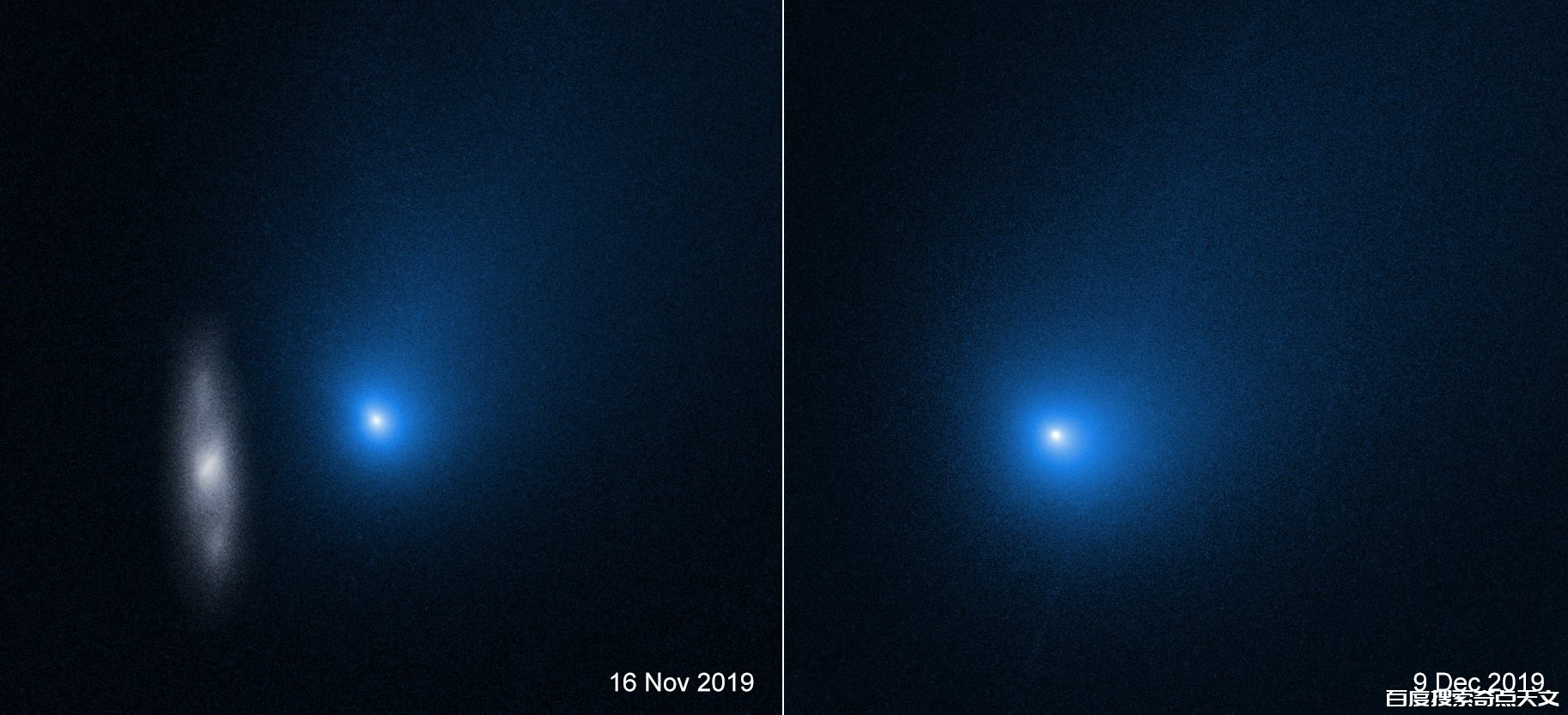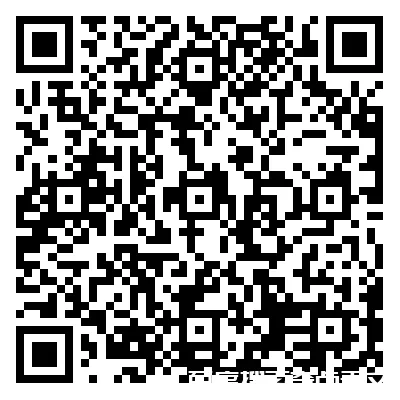
从星际空间来的博里索夫彗星

Interstellar Comet 2I Borisov
NASA, ESA, and D. Jewitt (UCLA) et al.
Explanation: From somewhere else in the Milky Way galaxy, Comet 2I/Borisov was just visiting the Solar System. Discovered by amateur astronomer Gennady Borisov on August 30, 2019, the first known interstellar comet is seen in these two Hubble Space Telescope images from November and December 2019. On the left, a distant background galaxy near the line-of-sight to Borisov is blurred as Hubble tracked the speeding comet and dust tail about 327 million kilometers from Earth. At right, 2I/Borisov appears shortly after perihelion, its closest approach to Sun. European Southern Observatory observations indicate that this comet may never have passed close to any star before its 2019 perihelion passage. Borisov’s closest approach to our fair planet, a distance of about 290 million kilometers, came on December 28, 2019. Even though Hubble’s sharp images don’t resolve the comet’s nucleus, they did lead to estimates of less than 1 kilometer for its diameter.
Tomorrow’s picture: triple Sun holes
从星际空间来的博里索夫彗星
NASA, ESA, and D. Jewitt (UCLA) et al.
说明: 来自银河系某处的博里索夫彗星(2I/Borisov),在造访太阳系后刚离开。这二幅分别由哈伯太空望远镜摄于2019年11月及12月的影像,呈现由业余天文学家博里索夫发现于2019年8月30日、首颗获得确认的星际彗星。在上左图里,位在博里索夫彗星视线方向的背景星系,因为拍摄这张影像时,是以这颗当时距离约3亿2千7百万公里远的快速移动彗星及尘埃尾为导星标的,因而其身影看来很模糊。上右图,则呈现刚通近日点后的博里索夫彗星。欧南天文台的观测指出,这颗彗星在2019年近距离掠过太阳之前,可能从未通过任何恒星附近。博里索夫彗星在2019年12月28日,以大约2亿9千万公里的间距掠过地球附近。虽然哈伯的清晰影像并未能解析出这颗彗星的彗核,然而据此可估计出其直径为小于1公里。
明日的图片: triple Sun holes


